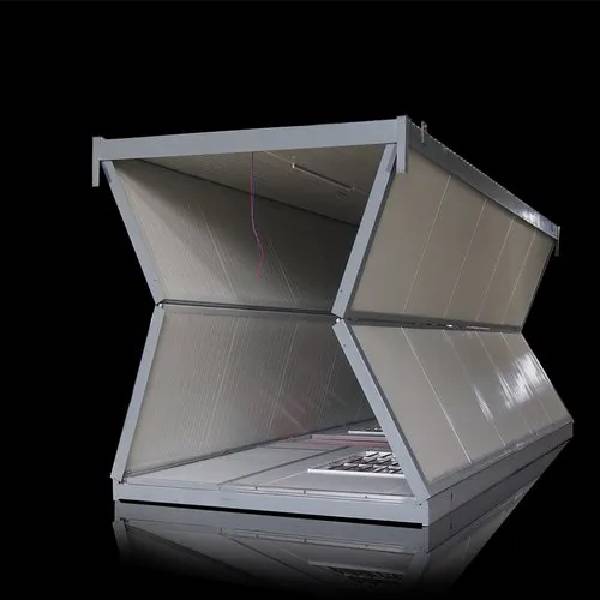The Global Bile Duct Cancer Market Continues To Grow Owing To the Gradual Incidence of Bile Duct Cancer Cases in the World
Bile Duct Cancer Market, by Treatment Type (Chemotherapy (Gemcitabine, Cisplatin, Oxaliplatin, Capecitabine, and 5 fluorouracil (5-FU), Targeted Therapy (Pemigatinib, Infigratinib (Phase 3), and Ivosidenib (Phase 3), Immunotherapy (Pembrolizumab (Phase 3) and Others), by Distribution Channel (Hospital Pharmacies, Retail Pharmacies, and Online Pharmacies ), and by Region (North America, Latin America, Europe, Asia Pacific, Middle East, and Africa) - Size, Share Outlook, and Opportunity Analysis, 2021 - 2028.
Bile duct cancer, also called cholangiocarcinoma, is a type of cancer that affects the bile ducts, a part of the digestive tract. It is a rare disease that is often difficult to detect because of the lack of knowledge about its early signs and symptoms. Bile duct cancer can be treated with surgery, chemotherapy, or radiotherapy. The type of treatment patients get will depend on their general health, the stage of cancer, and whether the tumor has spread. They will be cared for by a team of specialists who will work together to create a personalized treatment plan for them. After undergoing the surgery, patients will be moved to a post-surgical care unit for continued monitoring and care.
The global Bile Duct Cancer Market is estimated to be valued at US$ 185.4 million in 2021 and is expected to exhibit a CAGR of 12.8% over the forecast period (2021-2028).
Competitive Landscape:
Major players operating in the global bile duct cancer market include Delcath Systems, Inc., Imbrium Therapeutics L.P., Ability Pharmaceuticals, RenovoRx, Agios Pharmaceuticals, Inc., QED Therapeutics, Inc., Eisai Co., Ltd., and Incyte Corporation.
Key Market Drivers:
The gradual incidence of bile duct cancer cases in the world is expected to augment the growth of the global market. For instance, according to the UK National Health Service, around 1000 new bile duct cancer cases happen annually in the UK. Most bile duct cancers start in the epithelial cells of the bile duct. Chronic biliary diseases, such as primary sclerosing cholangitis, can increase the risk of developing bile duct cancer. These chronic conditions can lead to long-term inflammation of the bile duct epithelium. In order to diagnose bile duct cancer, doctors may perform an imaging scan. This is a painless procedure that produces detailed pictures of the inside of the body. Moreover, increasing research and development related to cancer studies is estimated to enhance the growth of the global market.
Covid-19 Impact Analysis:
During the COVID-19 pandemic, the high rate of research and developments related to drugs boosted the growth of the global bile duct cancer market. For instance, in June 2020, the All of Us Research Program initiated antibody testing and the study includes the Centers for Disease Control and Prevention, the National Institute of Allergy and Infectious Diseases, the National Cancer Institute, and the Frederick National Laboratory for Cancer Research.
Key Takeaways:
North America is expected to dominate the growth of the global market, owing to the incidence of bile duct cancer cases in the region. For instance, according to the American Cancer Society, around 8000 cases of bile duct cancer are diagnosed every year in the United States.
The Asia Pacific is estimated to witness high growth in the global market, owing to the increasing prevalence of biotechnology companies in the region. For instance, according to the Japan Bioindustry Association, there are around 1,200 active biotech startups in Japan.




Comments
Post a Comment